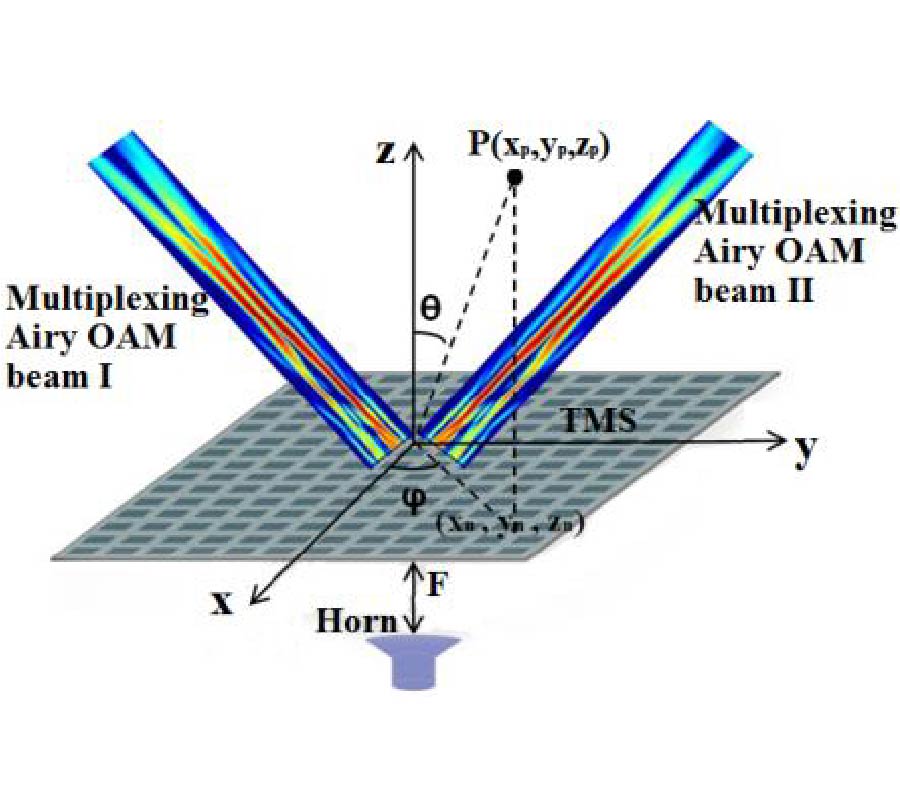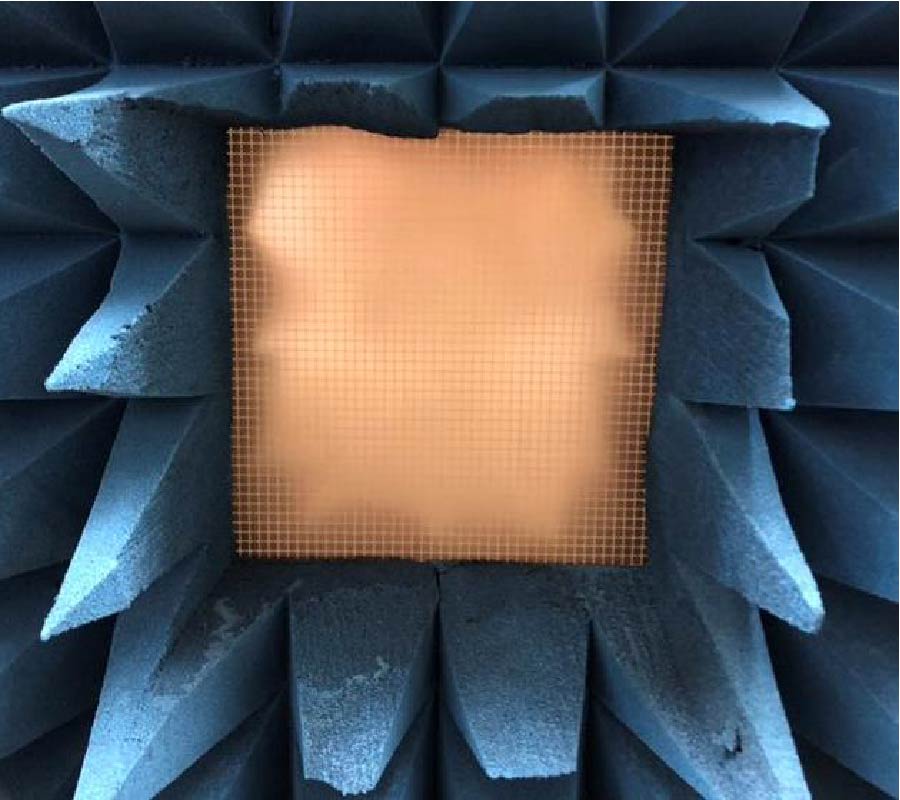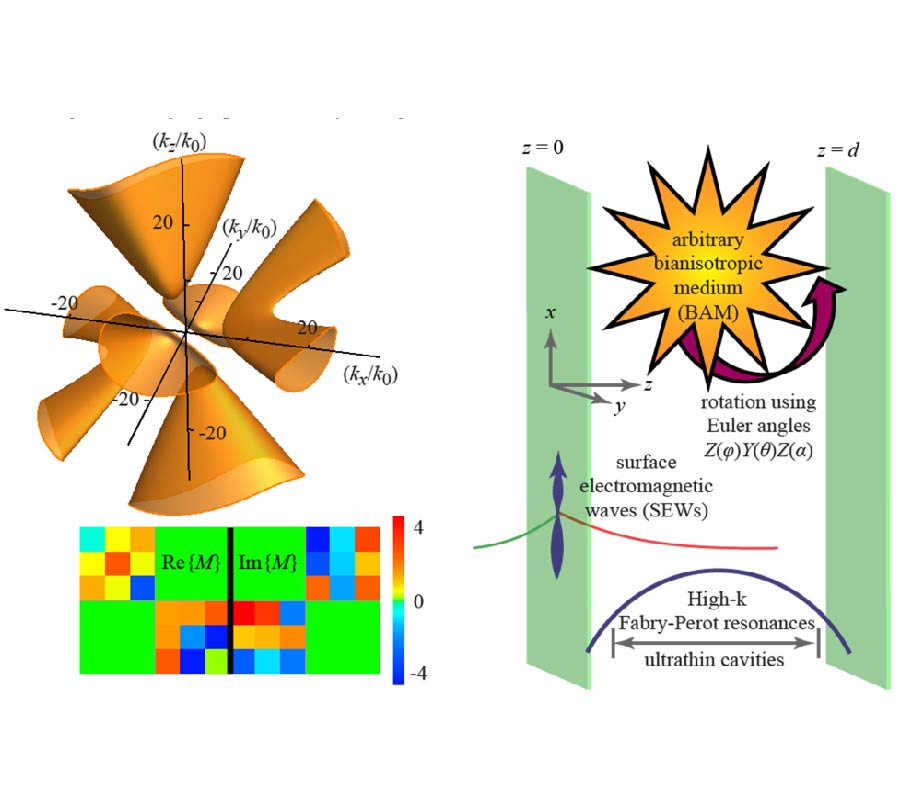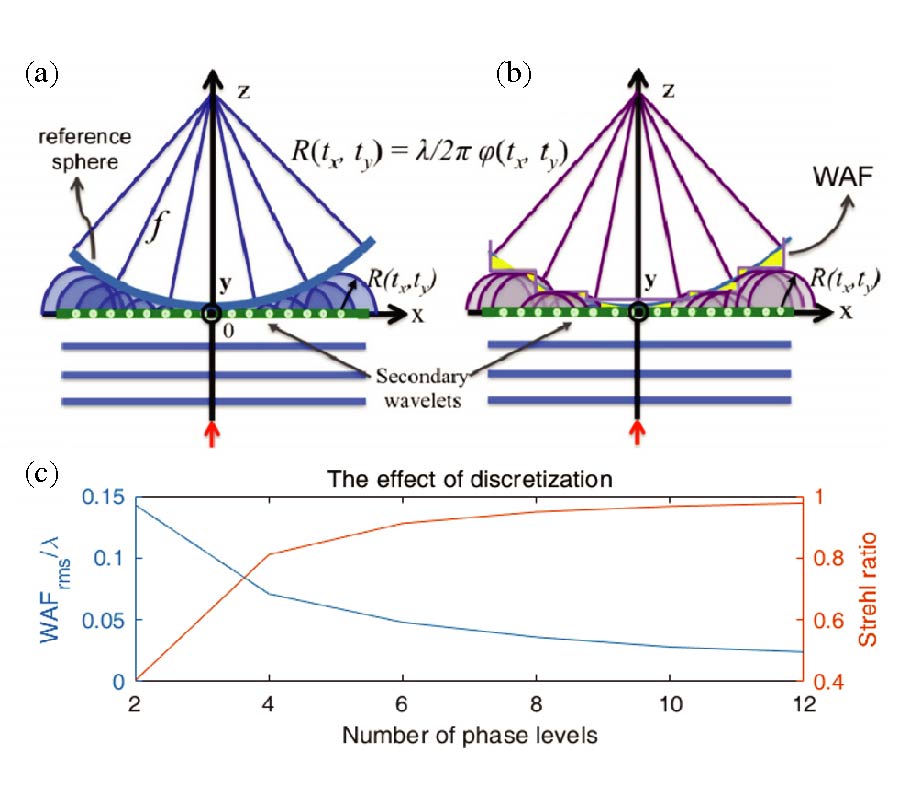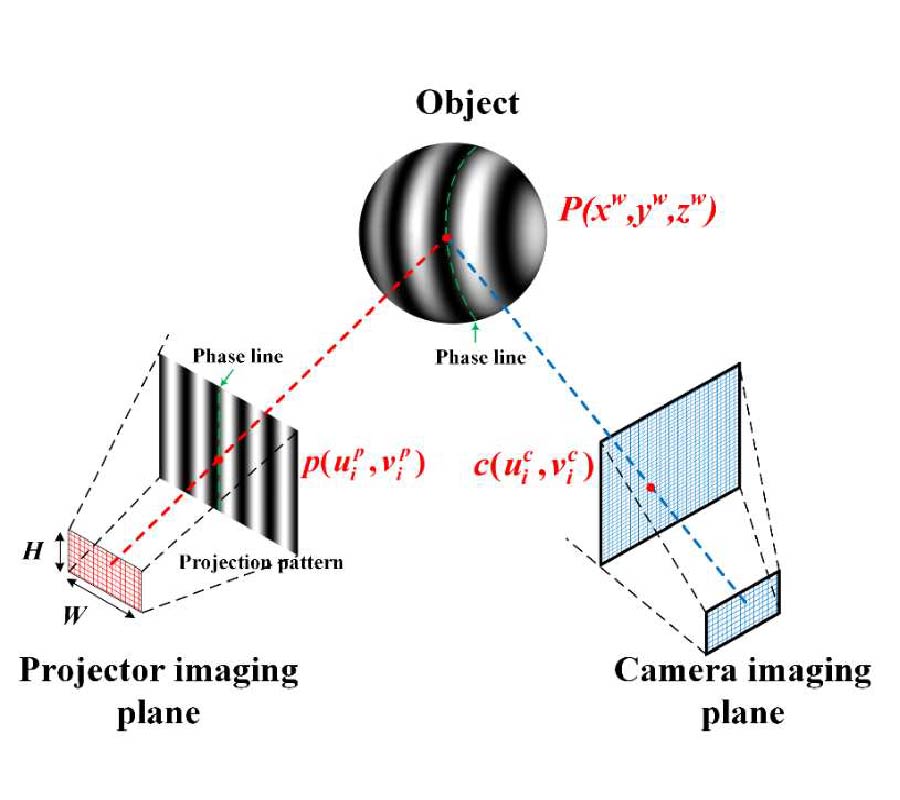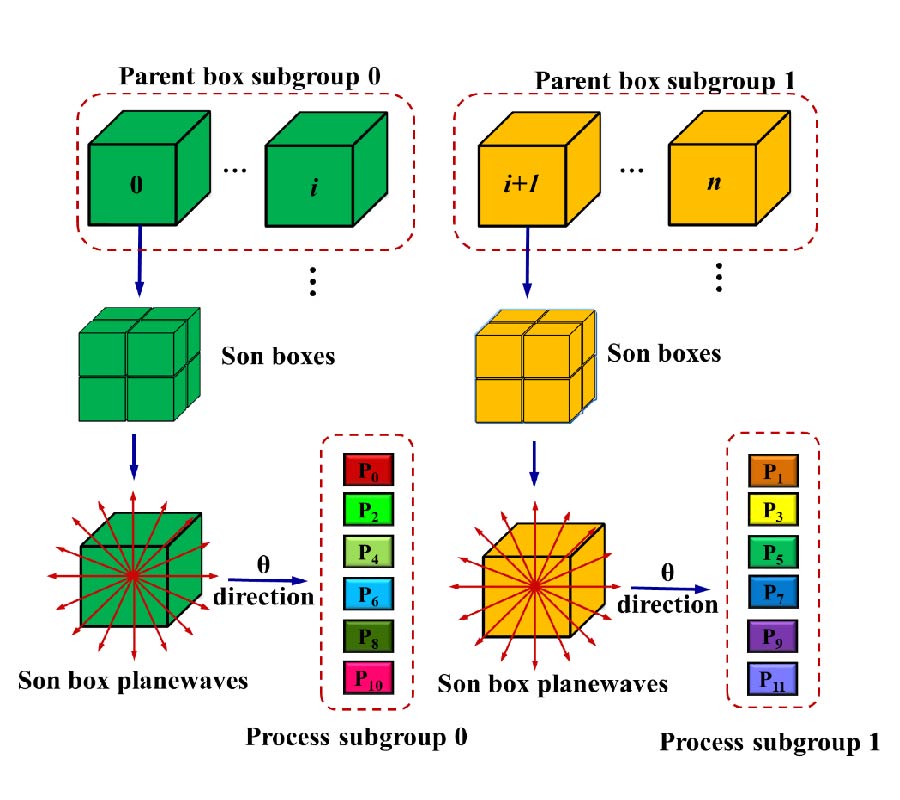Portable 4D Snapshot Hyperspectral Imager for Fastspectral and Surface Morphology Measurements (Invited Paper)
Jing Luo
,
Zijian Lin
,
Yuxin Xing
,
Erik Forsberg
,
Chengdong Wu
,
Xinhua Zhu
,
Tingbiao Guo
,
Gaoxuan Wang
,
Beilei Bian
,
Dun Wu
and
Sailing He
A portable 4D snapshot hyperspectral imager (P4DS imager) with compact size, fast imaging time, low cost, and simple design is proposed and demonstrated. The key components of the system are a projector, a liquid crystal tunable filter (LCTF), and a camera. It has two operating modes dependent on the set state of the LCTF: a 3D light measurement mode that produces a 3D point cloud reconstruction of the object, and a hyperspectral imaging mode yielding spectral data. The camera imaging plane is the same for both operating modes allowing the collected spatial and spectral data to be directly fused into a 4D data set without post-processing. The P4DS imager has excellent performance with a spectral resolution of 10 nm, a spatial depth accuracy of 55.7 um, and total 4D imaging time of 0.8 s. 4D imaging experiments of three different samples, colored doll statue, green broccoli, and a human face, are presented to demonstrate the efficiency and applicability of the system. Due to being cost-effective, portable, and good imaging performance, the proposed system is suitable for commercialization and mass production.
